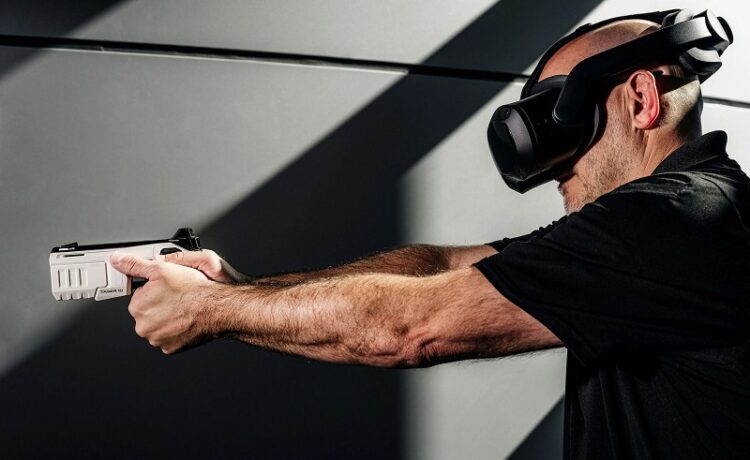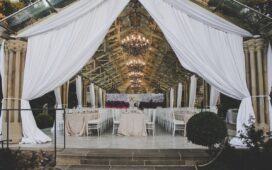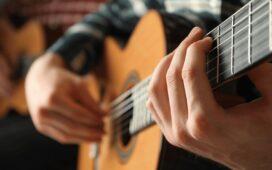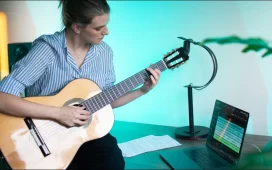Instruction in responsible gun ownership, safety, and skill development calls for firearms. Traditionally, this instruction has concentrated on real shooting ranges, which need proximity, designated operating hours, and the ability to handle live ammunition in public. Though it restricts access and rejects many potential students, this outmoded paradigm is helpful. Virtual shooting ranges are changing this, however. These new platforms are easy, safe, and tailored to individual needs and comfort levels because they eliminate traditional obstacles to pistol training by means of current technologies. This action aims to make gun skills more inclusive and easily available, not just to embrace new technology.
Eliminating Geographical and Logistic Obstacles
One main disadvantage of traditional gun training is that it depends on locations. Particularly in rural or strongly populated urban areas where property is uncommon and expensive, many individuals live far from shooting ranges. Among the deterrents are the time and money spent getting to a range. Virtual shooting ranges eliminate any geographic need. Training may take place at simulation facilities, nearby universities, and—increasingly—home environments. Often a complex shooting simulator, the basic technology offers the user the training setting without of them needing to go to a designated location. Regular, consistent practice is simpler for everyone as this reduces time, transportation costs, and logistical difficulties related with range excursions. Greater flexibility than traditional ranges comes from virtual ranges not being constrained by weather, range availability, or operating hours.
Design safe, private, judgment-free training environments
For novices, women, and users of non-firearms, traditional ranges may be psychologically threatening. Training may be intimidating given noise, skilled shooters, and live fire safety concerns; this can lead to uncertainty and anxiety. The virtual shooting range addresses this by removing the chance of inadvertent harm or discharge. Training uses inert guns or laser-equipped replicas to help newbies overcome their greatest fear. Crucially, these virtual worlds provide individual instruction. Those who find it difficult performing in front of others could work on fundamental skills at their own pace free from judgment or observation. The controlled, private, risk-free training environment the shooting simulator offers makes handgun training more approachable and pleasant to a larger community, therefore encouraging participation from someone who may otherwise be reluctant to start.
Reducing Training and Skill Use
Beyond marksmanship, shooting simulations have great versatility. Training in conventional ranges only consists of basic or stationary moving target exercises. Virtual ranges, however, may replicate many complex, dynamic settings that live ammunition cannot safely reproduce. These include low-light, decision-making situations with numerous targets (some hostile, some not), hunting simulators, and competitive shooting stages as well as self-defense. Important are practical applications and sound decision-making techniques in a safe, repeatable environment. Before a high-stress event, it lets individuals hone situational awareness and tactical responses. This increased training potential makes virtual ranges an accessible entrance point and a powerful instrument for advanced skill development across shooting disciplines, therefore increasing their worth and appeal to more users.
In essence, a future friendly for training
Virtual reality ranges have transformed firearm instruction. They eliminate geographical restrictions, logistical difficulties, safe and private learning environments, and improved diagnostic capacity, therefore making firearm safety and competency education more open and inclusive than it has ever been. The virtual range driven by a sophisticated shooting simulator is a useful and effective alternative or additional training method for people without local facilities, scared by traditional ranges, or preferring to practice in a private atmosphere.







